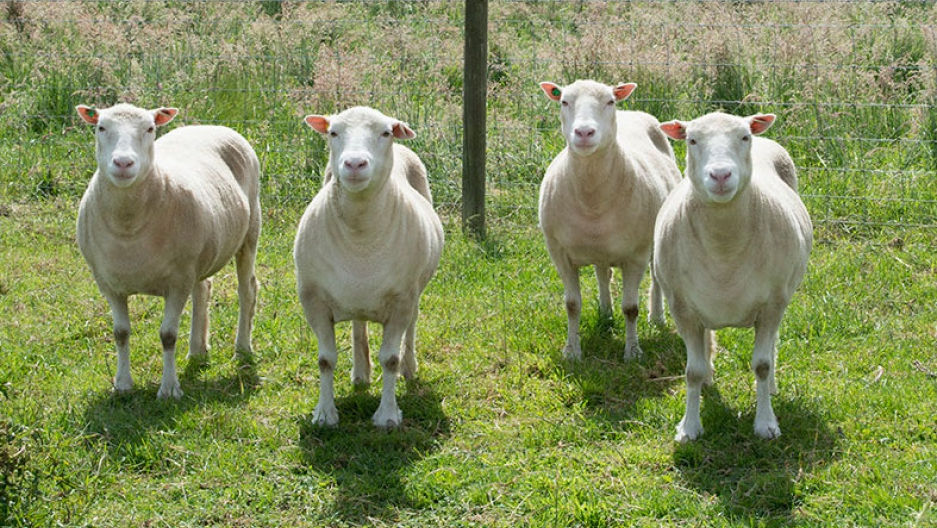SNHS Biology Blog 16: Cloning
- snhsnorthview
- Dec 19, 2020
- 1 min read
Shalini Ballur

What is cloning? Cloning is the process of producing genetically identical DNA. Dolly, the sheep, was cloned using the process of somatic cell nuclear transfer. This is when DNA is extracted from a somatic cell (body cell) and is injected using electric currents into an egg cell. Induced pluripotent stem cells (iPSC) are stem cells that have aided cloning. These are blood or skin cells that have been put back into its embryonic state so that they can be produced into any cell by scientists. iPSC cells are famously known for treating cancer patients by creating new blood cells free of cancer cells. To put it simply, cloning has five basic steps: extract DNA from a donor, prepare an egg cell, insert somatic cell material into fertilized egg, and repeat until viability. It is important to recognize that the donor must be an adult. Although cloning is limited for use in the laboratories, scientists are making excellent use of them. For example, many commercial industries use cloning to make copies of a certain animal. They claim that it is a great way to save animals on the endangered species list, increase food production, and increase disease resistance. Surprisingly, there are not many implications of cloning, however; there have been a few problems reporting blood and heart problems, specifically in cows. Most animals victim of cloning have aged healthily and outlived Dolly. Cloning comes with many benefits but are not allowed everywhere. Cloning has a great chance of success, and we will most likely be seeing it more in the years to come.






Comments